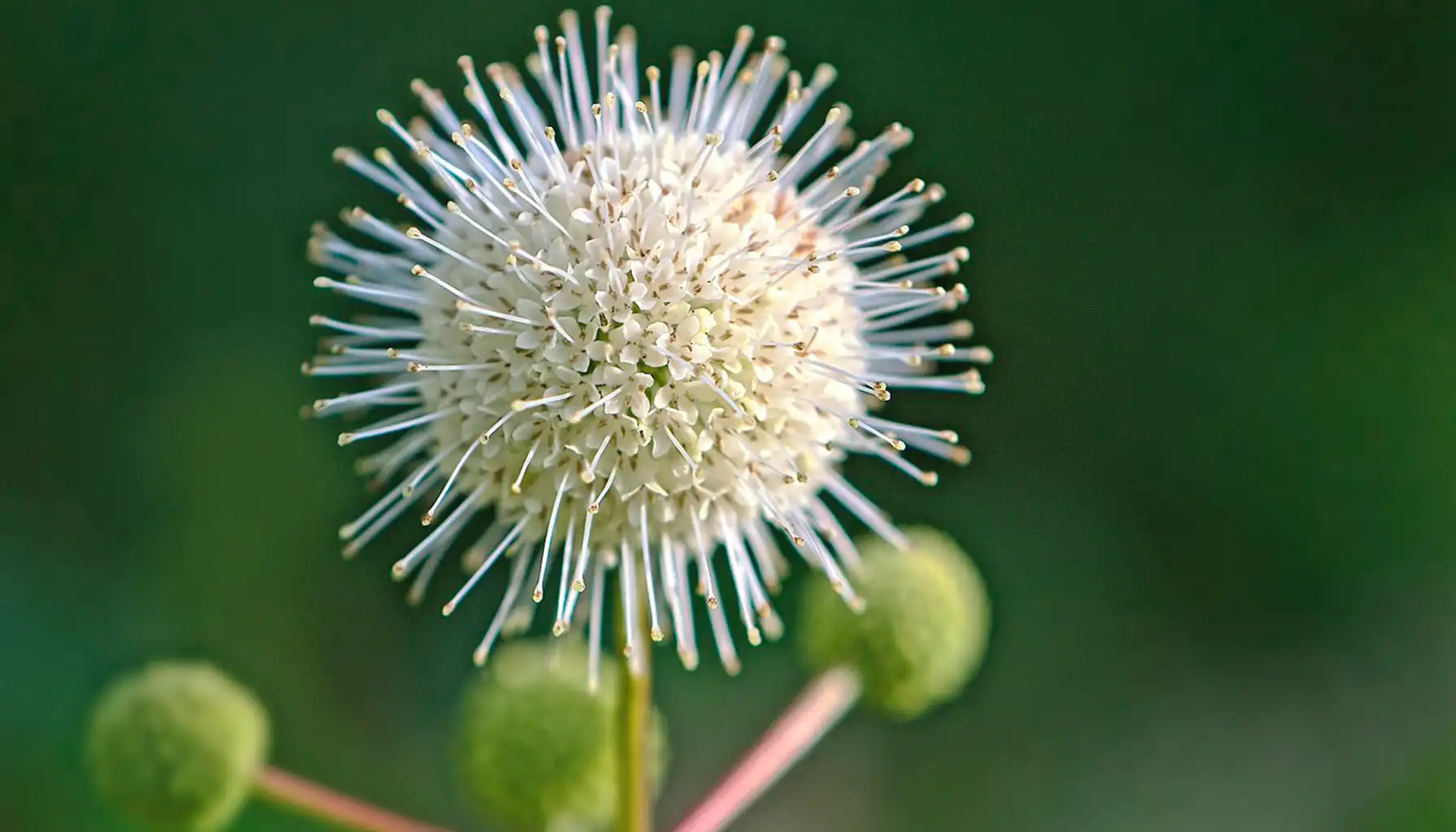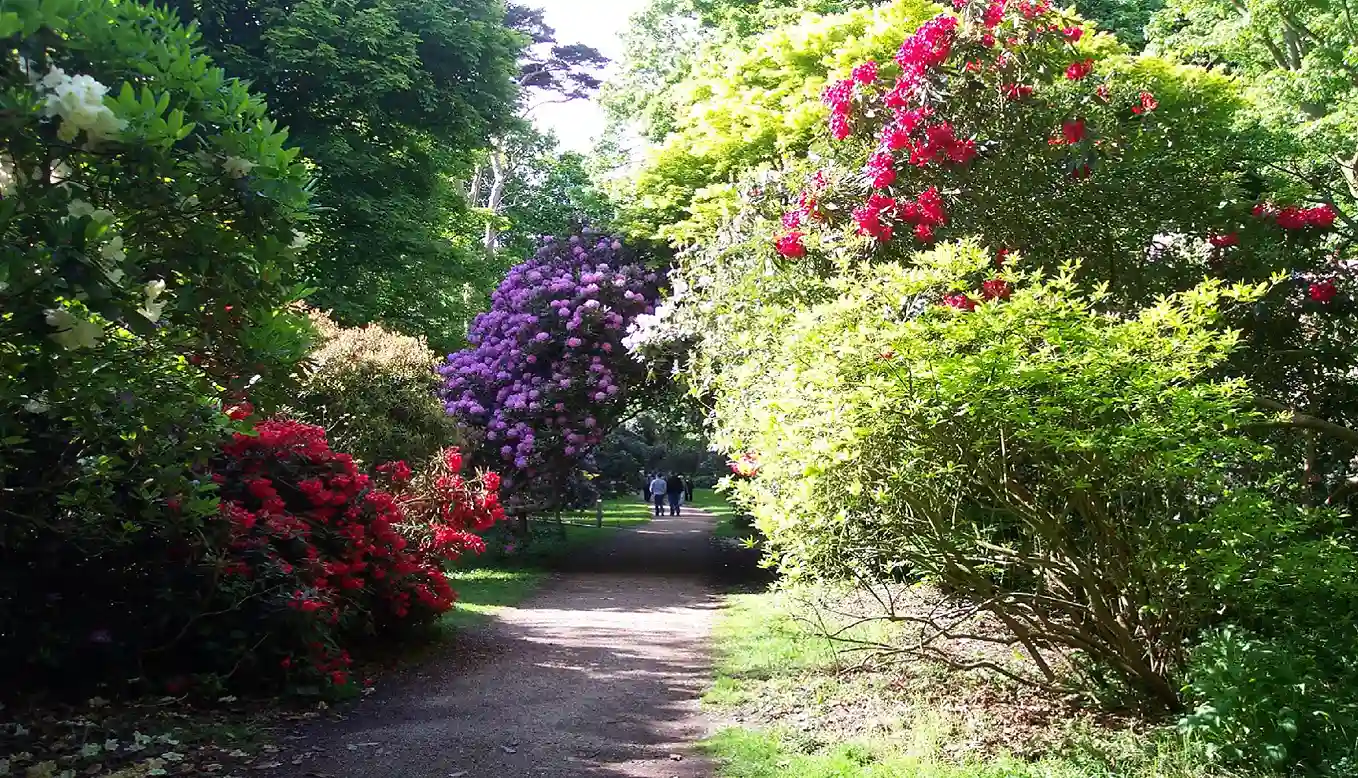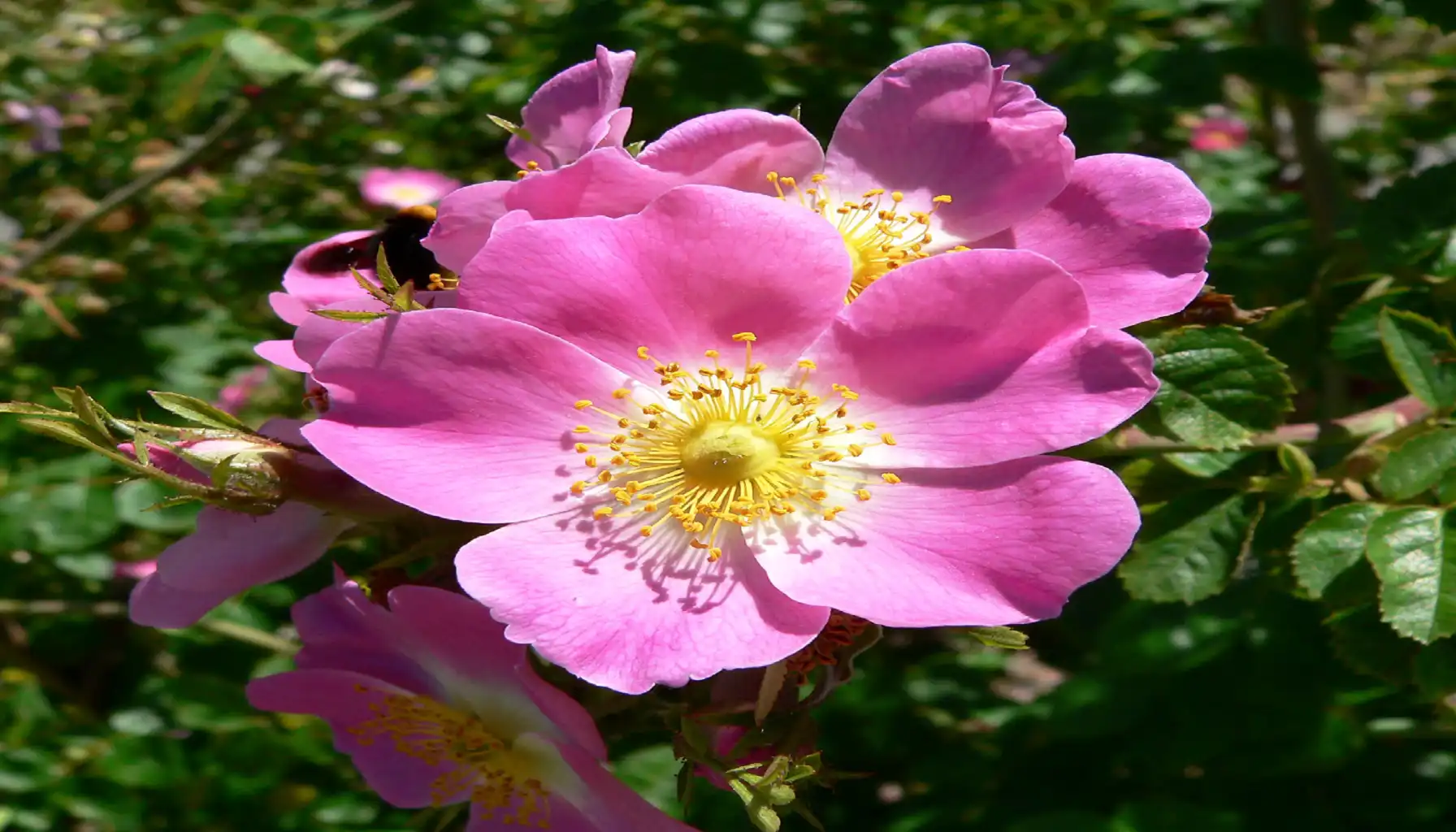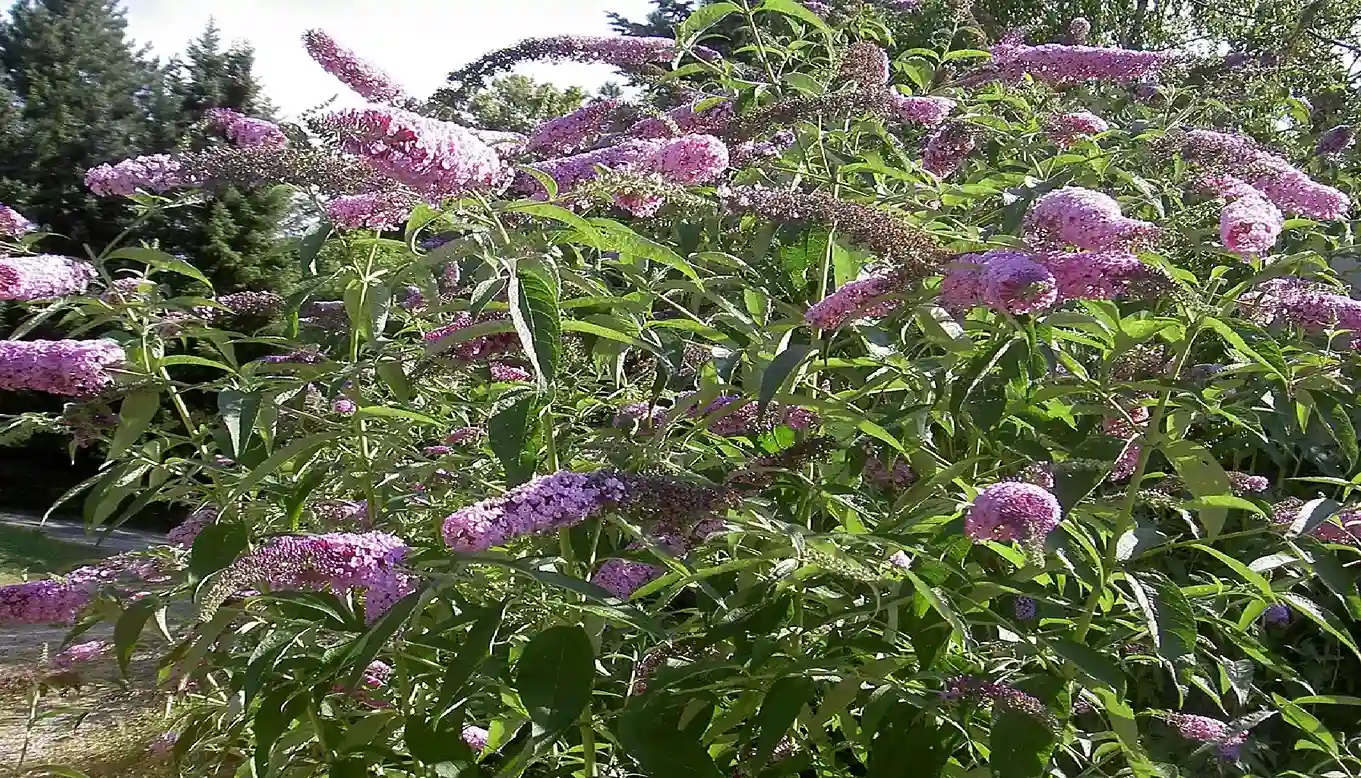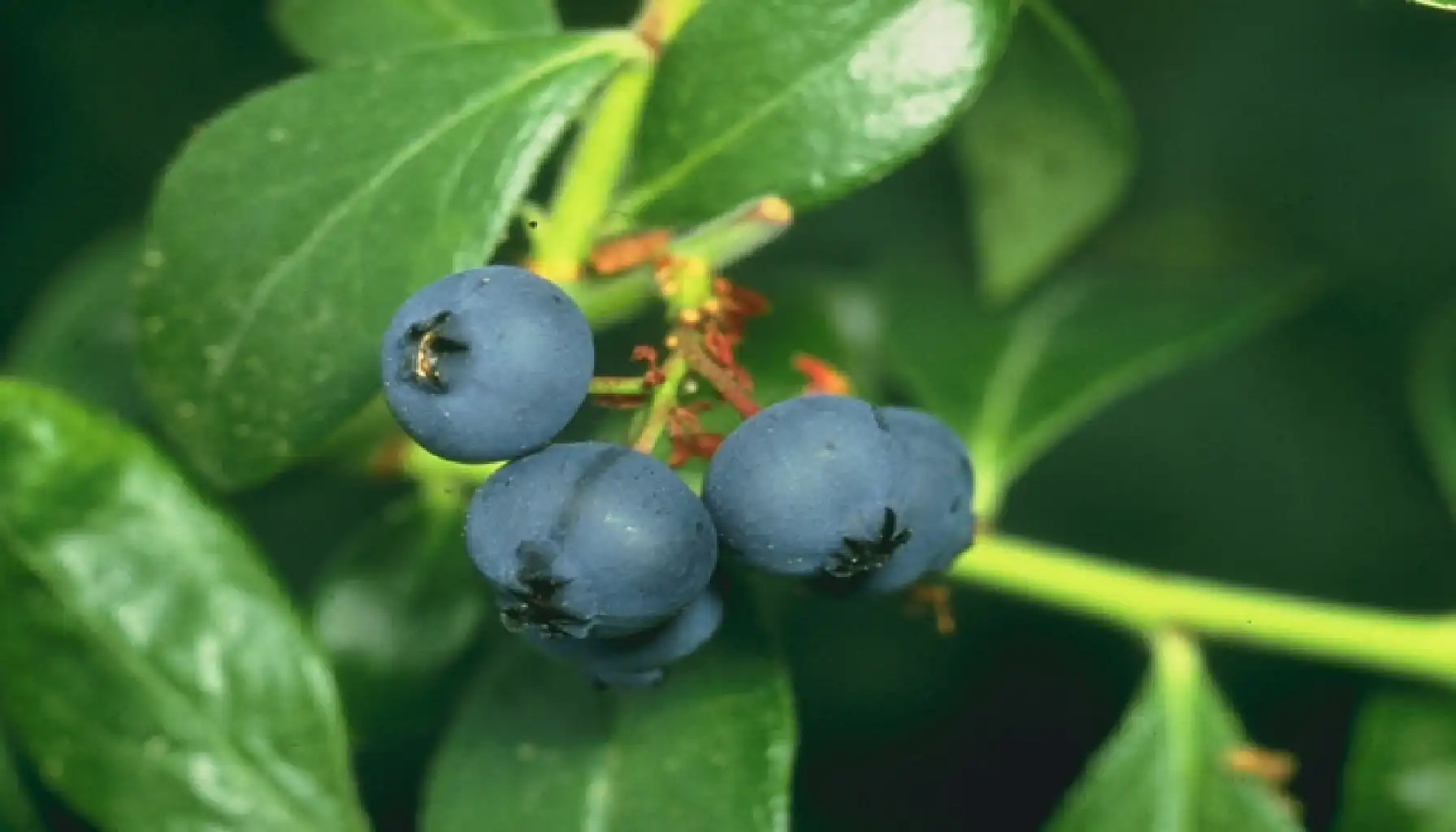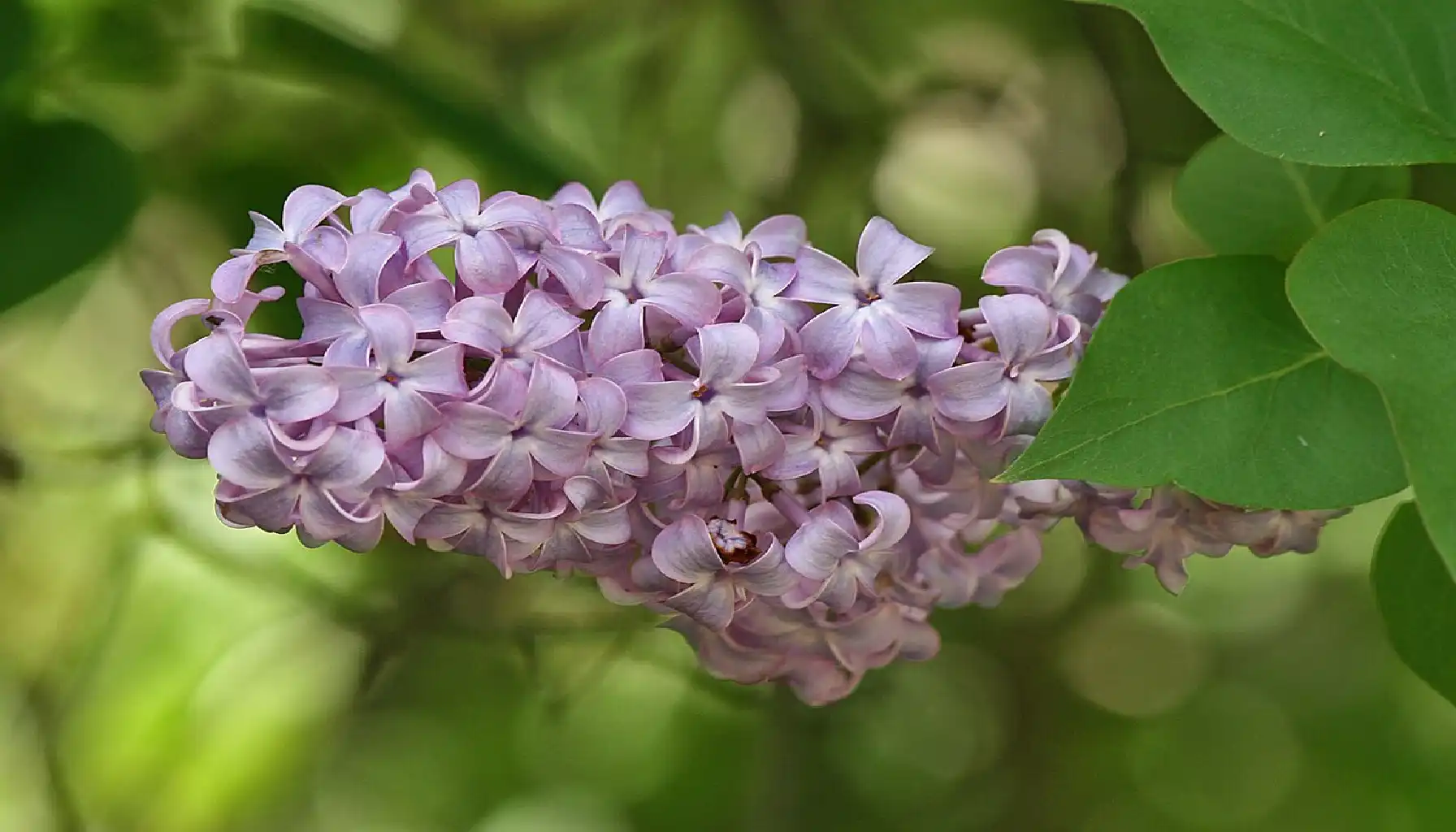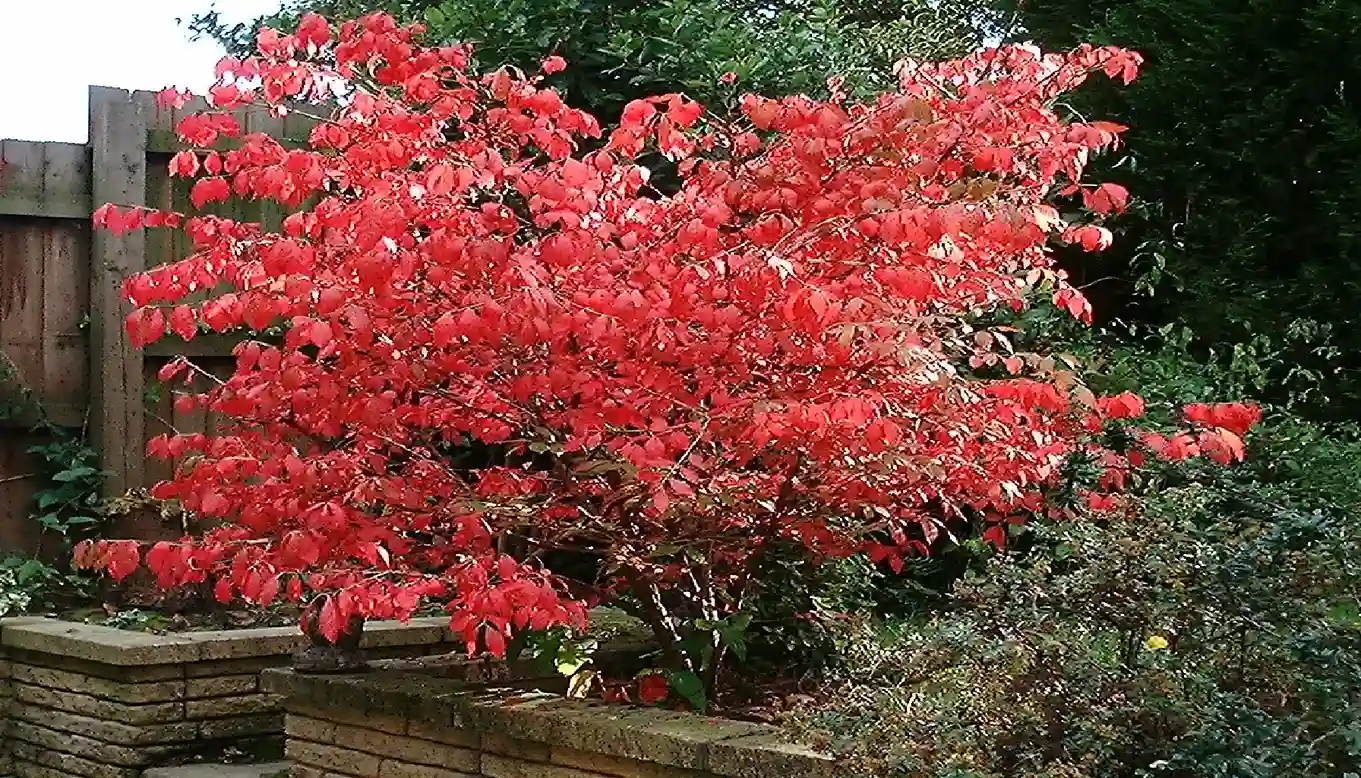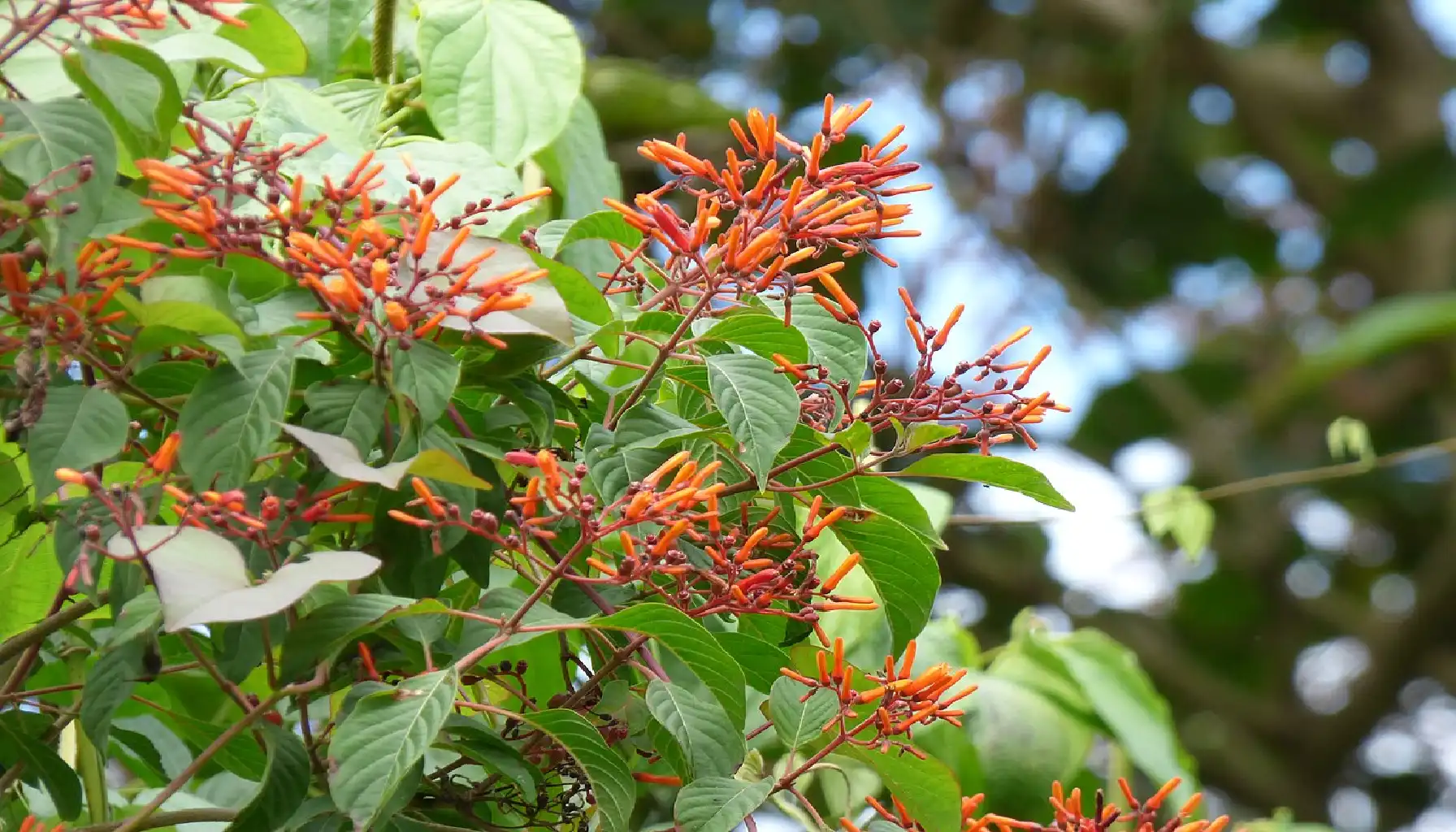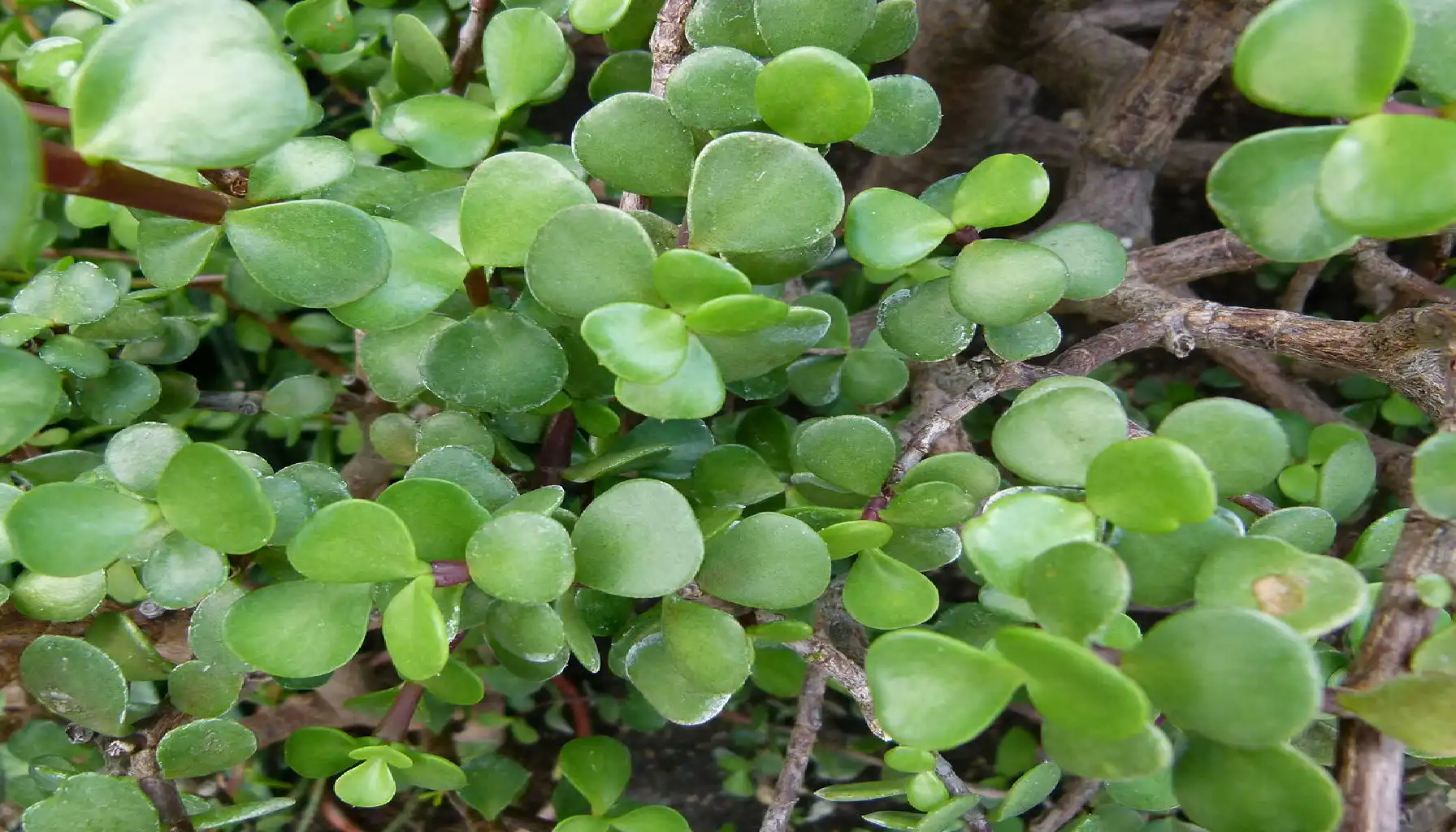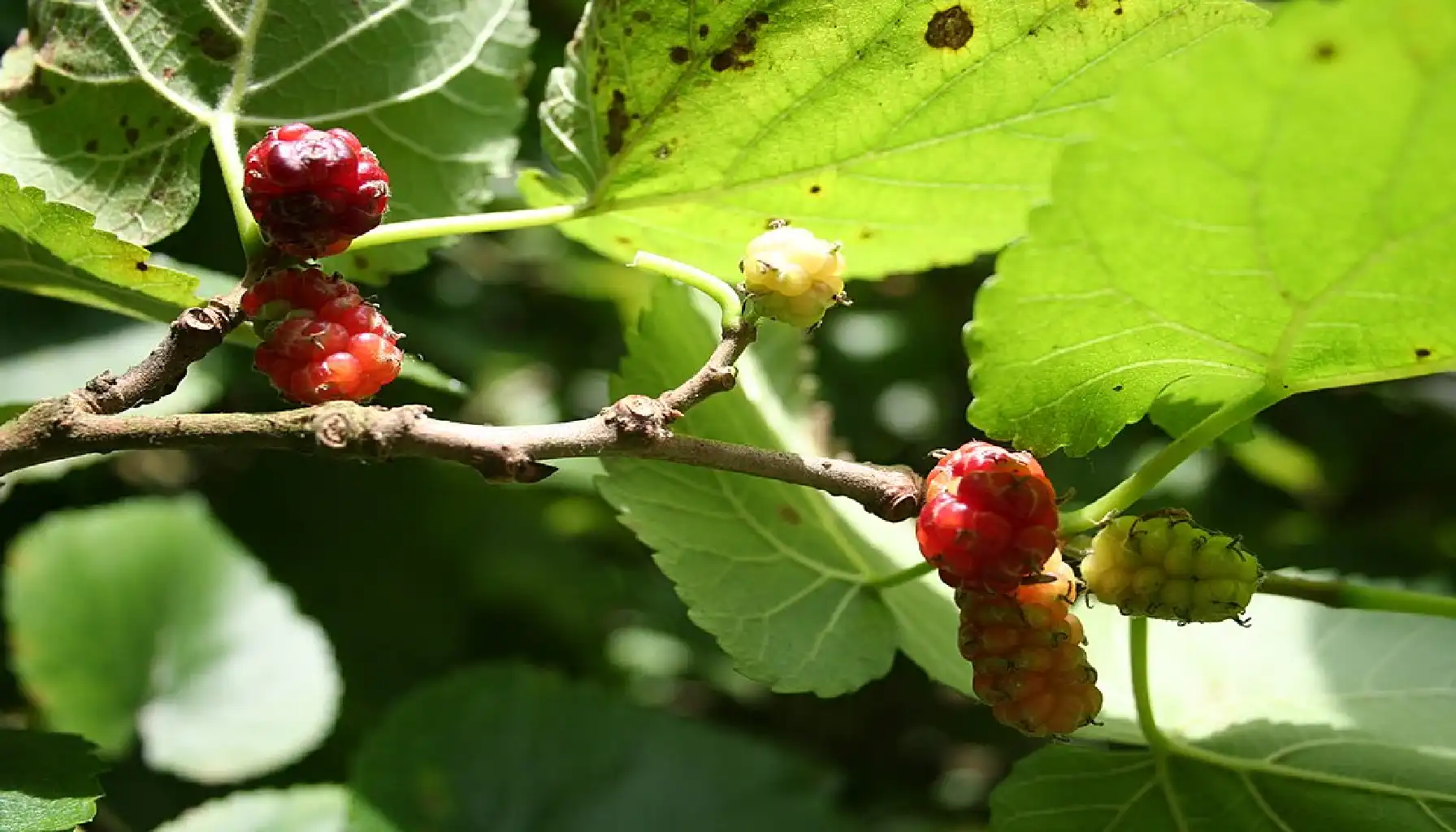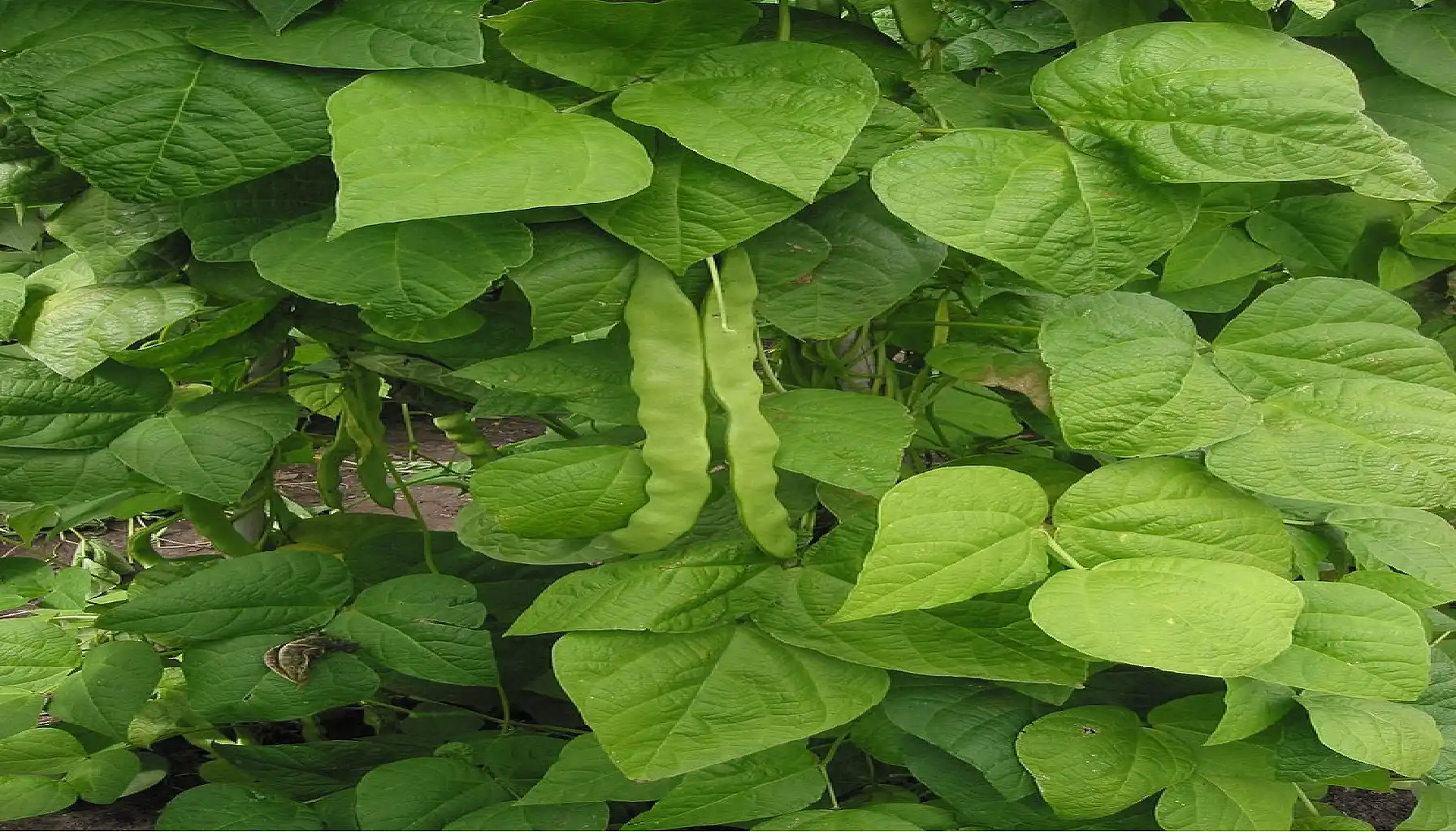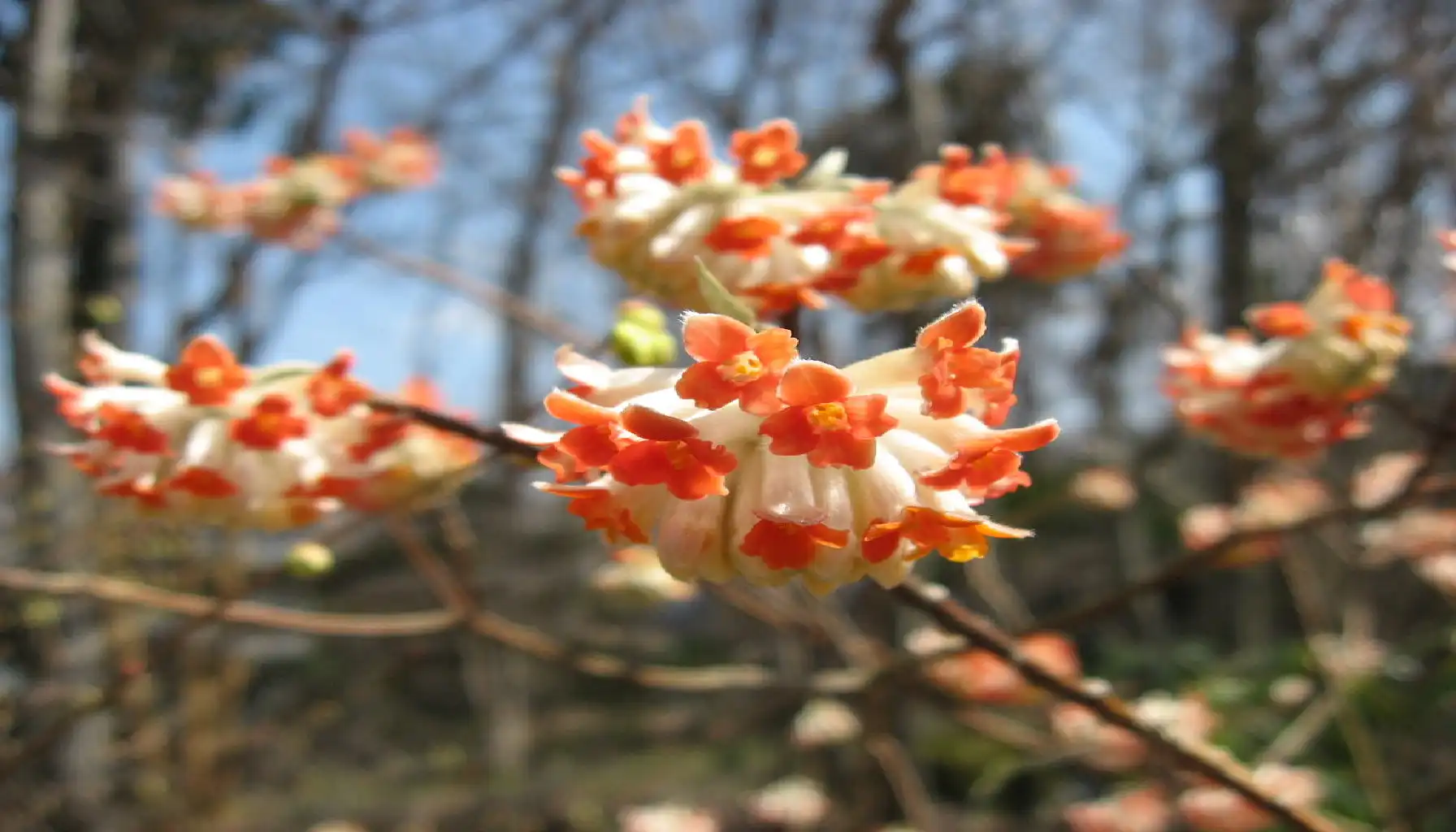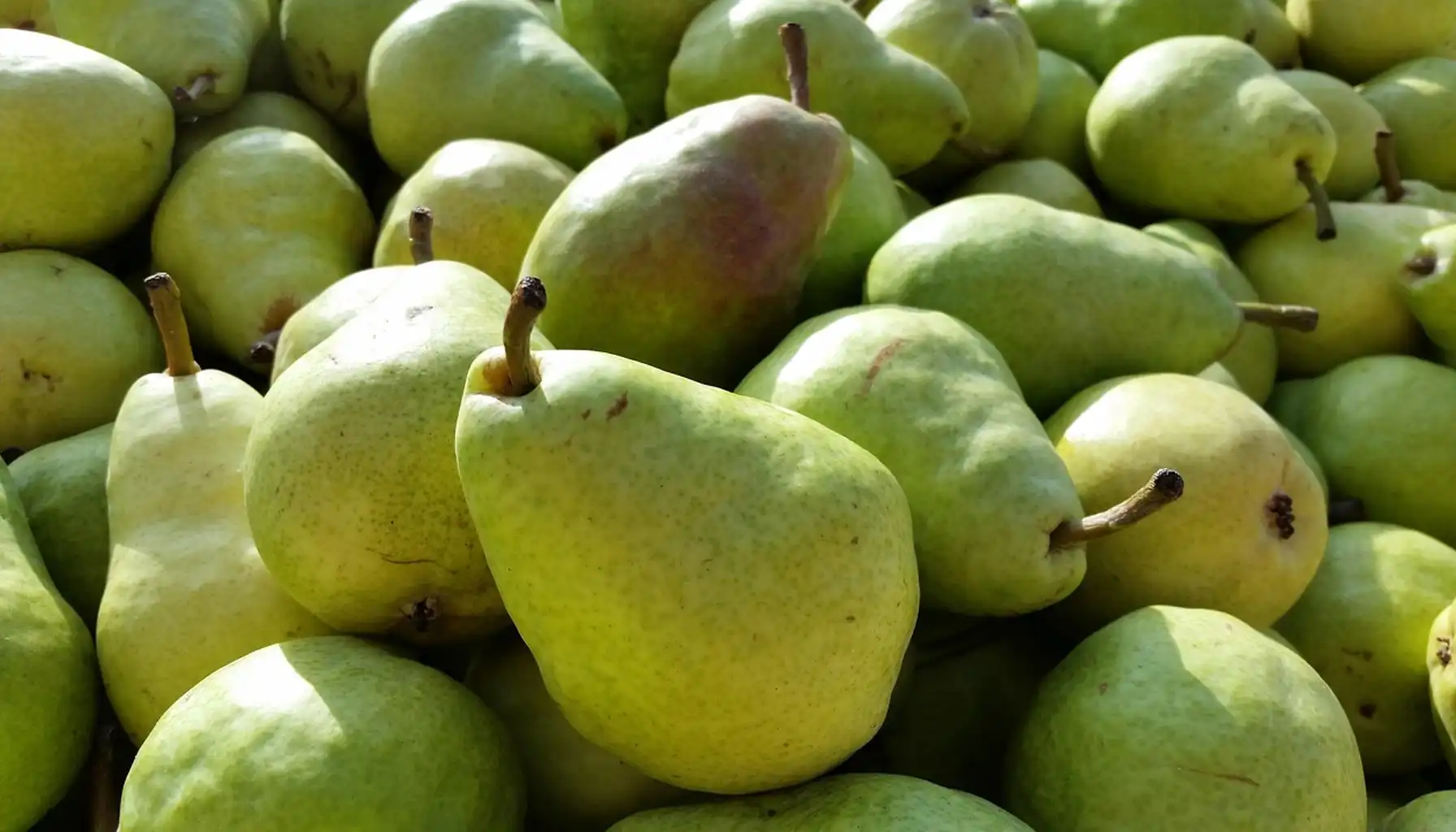.Bush plants bring structure and color to any garden with minimal effort. Shrubs offer year-round interest through foliage, flowers, and berries. You can use them to define borders, create privacy screens, or add focal points. Many varieties require little more than occasional watering and annual pruning to stay healthy.
This guide walks you through top shrub plants that thrive in sun or shade, dry or moist soil. You will learn simple care tips for planting, feeding, and trimming shrubs. You will also discover varieties suited to small containers and large landscapes. If you ever wonder “what is this plant Google” can help you ID unknown shrubs in your own yard.
How to Successfully Plant and Space Bushes in Your Garden
Learn how to plant a bush by starting with well-prepared soil. Choose a location with the right light for your shrub and ensure the soil drains freely. Dig holes twice as wide as the root ball and place each bush at the same depth it grew in its container. Space plants far enough apart so their mature size fits the bed without crowding.
When you wonder how to plant a rose bush, follow the same steps but add compost or aged manure to boost fertility. Water deeply after planting to settle soil around the roots. Apply mulch to retain moisture and suppress weeds. Check soil moisture regularly for the first few weeks to help young bushes establish strong roots.
For edible shrubs, know how to plant bush beans and how far apart to plant bush beans so they get enough air circulation. When planting berries, learn how to plant a blueberry bush in acidic soil and how to plant a lilac bush in fall for cold-hardiness. Timing ensures each type has the right conditions to root and bloom at its best.
Basic shrub Planting Tips
Choose well-drained soil
Dig holes twice as wide as the root ball
Add mulch to retain moisture
Water deeply after planting
Bush Type | Best Planting Time | Notes |
Butterfly | Spring or Fall | Needs full sun |
Blueberry | Early Spring | Acidic soil required |
Lilac | Fall | Requires cold winters |
Where and When to Plant Popular Shrubs for Best Results
Choosing where to plant butterfly bush ensures you get the best blooms and pollinator visits. These sun-loving shrubs perform well in well-drained soil and full light. For peak flower production, learn when to plant butterfly bush: set out new plants in spring after the last frost so they settle in before summer heat.
Blueberries also need careful site selection to thrive. Pick a spot with acidic, loose soil and morning sun. Knowing where to plant a blueberry bush helps you avoid heavy clay or standing water. You should follow guidelines for when to plant a blueberry bush, usually in early spring when soil warms enough to support new root growth.
Lilacs reward you with fragrance and color when you time planting right. They need cold dormancy and good air circulation around their base. Gardeners ask when to plant a lilac bush and often choose fall so roots establish in cool soil. This timing lets them burst into bloom the following spring—learn more about ideal shrub planting.
Tips on Bush Plant Location
Full sun = More flowers (butterfly, rose shrub): Place sun-loving shrubs in areas that get at least six hours of direct sunlight.
Shade = Better for elephant or salt shrub: Use shade-tolerant varieties under trees or on the north side of structures.
Avoid waterlogged areas: Select raised beds or slopes to ensure roots stay dry and healthy.
Bush Plants 10: Types, Care Tips & Best Varieties for Your Garden
Rose Bush – A Classic Flowering Favorite
Rose bushes reward gardeners with fragrant blooms and glossy foliage. These shrubs form thorny stems that support clusters of flowers in many colors. You can learn how to plant a rose bush by digging a hole wider than the root ball and placing it at the same depth it grew in its container.
How to Identify a Rose:
Woody canes with sharp thorns
Pinnate leaves with 5–7 glossy leaflets
Large, often fragrant flowers in spring and summer
Buds that open into multi-petaled blooms
Strong, upright or arching growth habit
Butterfly Bush – Pollinator Magnet or Invasive Threat?
Butterfly bushes produce long panicles of tubular flowers that attract butterflies and bees. These shrubs grow quickly and bloom from summer into early fall. Many gardeners caution why you should never plant a butterfly bush? because it can self-seed and invade natural areas.
How to Identify a Butterfly:
Lance-shaped leaves with fine hairs beneath
Dense flower spikes in purple, pink, or white
Fast upright or spreading habit
Fragrant nectar-rich blossoms
Seed capsules that release small hairy seeds
Blueberry Bush – Sweet Fruit & Great Foliage
Blueberry bushes offer both edible berries and fiery fall color. These deciduous shrubs feature simple, oval leaves and white bell-shaped flowers in spring. You can follow tips on how to plant a blueberry bush by using acidic soil and digging holes twice as wide as the root ball.
How to Identify a Blueberry shrub:
Smooth, oval leaves turning red in fall
Clusters of white or pink bell flowers
Blue to purple edible berries in mid to late summer
Thin, peeling bark on older stems
Low, mounded growth habit
Lilac Bush – Scented Blooms in Spring
Lilac bushes fill the air with sweet, heady fragrance each spring. These shrubs form opposite heart-shaped leaves and produce panicles of small tubular flowers. Gardeners learn how to plant a lilac bush by setting it in well-drained soil and giving it full sun.
How to Identify a Lilac shrub:
Opposite, heart-shaped leaves on woody stems
Large panicles of purple, pink, or white blooms
Strong, sweet fragrance in spring
Grayish-brown bark with shallow fissures
Upright, vase-shaped growth habit
Burning Bush – Red Fall Foliage Powerhouse
Burning bushes light up landscapes with neon-red leaves each fall. These deciduous shrubs hold small greenish flowers in spring but shine most in autumn. Landscape guides call this the burning bush plant for its blazing seasonal color.
How to Identify a Burning shrub:
Opposite, lobed leaves that turn bright red in fall
Four-winged corky stems on mature wood
Small, inconspicuous greenish flowers in spring
Clusters of red fruit (on female plants)
Rounded, dense growth habit
Fire Bush – Fiery Color for Warm Climates
Fire bushes glow with orange-red tubular flowers that bloom all year in mild regions. These evergreen shrubs attract hummingbirds with abundant nectar. Look for the fire bush plant tag when shopping for a warm-climate landscape.
How to Identify a Fire shrub:
Glossy, lanceolate evergreen leaves
Showy clusters of red-orange tubular flowers
Woody stems with smooth gray bark
Upright, branching habit up to 6 ft tall
Tolerance for heat and drought
Elephant Bush – A Succulent with Tree Appeal
Elephant bushes feature thick, succulent stems and rounded leaves that store water. These shrubby succulents create a tree-like form in containers or beds. Many growers ask about the elephant bush plant when adding drought-tolerant greenery.
How to Identify an Elephant shrub:
Fleshy, cylindrical stems that thicken with age
Small, rounded gray-green leaves opposite on stems
Branching, tree-like shape up to 6 ft in frost-free zones
Minimal leaf drop and low maintenance
Soft, rubbery texture of leaves
Mulberry Bush – Fast-Growing Edible
Mulberry bushes produce sweet, blackberry-like fruit on arching branches. These hardy shrubs boast serrated heart-shaped leaves and multiple harvests. Gardeners often plant the mulberry bush plant for quick shade and fruit.
How to Identify a Mulberry shrub:
Serrated, glossy heart-shaped leaves
Clusters of small, edible multiple fruits that turn red to dark purple
Milky sap when stems are broken
Rapid growth and spreading branches
Smooth gray bark on mature stems
Bush Beans – Great for Raised Beds
Bush bean plants grow compactly without vines, making them perfect for small spaces. They yield pods of edible beans on sturdy, upright stems. Learn how to grow the bush bean plant in rows or containers for quick harvests.
How to Identify shrub Beans:
Upright, non-vining growth habit
Trifoliate leaves with oval leaflets
Clusters of small white or purple flowers
Straight pods on upper stems
Maturity in 50–60 days
Paper Bush – Unique Winter Blooms
Paper bushes produce striking clusters of crinkled, paper-like yellow flowers in late winter. These leafless blooms stand out against bare branches. Look for the paper bush plant label when you want winter interest.
How to Identify a Paper shrub:
Arching stems with smooth gray bark
Large clusters of yellow, crinkled blooms in winter
Long, linear leaves that emerge after flowering
Multi-stemmed, vase-shaped form
Strong fragrance and rare winter color
Decorative and Edible Bush Plants That Add Visual Interest
Combining fruit and flowers creates a landscape that works and wows. A strawberry bush plant offers bright red berries and glossy foliage from spring through fall. You can pick its fruit for jams and still enjoy its neat form. Pair it with a cherry bush plant for early spring blossoms followed by sweet cherries in summer.
Herbs and foliage shrubs bring more texture and color to beds. A sage bush plant adds soft gray-green leaves and fragrant blooms that pollinators love. Meanwhile, a yellow bush plant injects a sunny pop of color with chartreuse leaves or bright flowers. Together, these plants create a dynamic border that feeds both eyes and palate—discover more about pairing ornamental species in All For the Sake of Beauty: Ornamental Plants & Their Types.
Bush Name | Ornamental | Edible | Care Difficulty |
Strawberry | ✅ | ✅ | Easy |
Cherry | ✅ | ✅ | Moderate |
Sage | ✅ | ⚠️ Some parts edible | Easy |
Yellow | ✅ | ❌ | Easy |
Unusual or Region-Specific Bush Varieties Worth Exploring
Desert gardens demand tough, sun-loving shrubs that bring bold color. A red bush plant thrives in sandy, low-water soils and offers vibrant scarlet foliage year-round. In coastal settings, a salt bush plant proves invaluable. It withstands salty spray and poor soil while adding silvery-green texture to wind-swept beds.
For sensory and structural interest, explore scented and climbing options. The spice bush plant fills the air with cinnamon-scented leaves each spring. It forms a compact, mounded shape that anchors herb gardens. In contrast, the bush cucumber plant climbs on trellises with rare, tiny gourds. This unusual vine-like shrub adds whimsy to specialty landscapes.
When you seek a standout accent, choose a purple bush plant. Its deep violet foliage and blooms create dramatic focal points in neutral palettes. You can tuck it among lighter-textured shrubs or let it shine solo in a minimalist design. This rare selection suits collectors and modern garden styles alike.
Frequently Asked Questions
How often should I water shrubs?
Water new shrubs twice a week for the first month. Mature shrubs need deep soaking every 10–14 days in dry weather.
When is the best time to prune flowering shrubs?
Trim immediately after bloom ends. This timing prevents removal of next season’s buds.
How can I protect shrubs from common pests?
Inspect foliage weekly and hand-remove insects. Use insecticidal soap or neem spray if infestations appear.
What fertilizer suits fruiting varieties?
Apply a balanced 10-10-10 mix in early spring. Pause feeding once fruit sets to avoid excessive leaf growth.
Can I grow shrubs in partial shade?
Yes. Select shade-tolerant types like holly or hydrangea. Ensure they receive at least four hours of filtered sun.
How do I prevent root rot in container shrubs?
Use a well-draining soil mix and pots with bottom holes. Allow the top inch of soil to dry before watering again.
How long do evergreen shrubs live?
Properly cared-for evergreens can thrive 20–30 years. Regular pruning and feeding extend their lifespan.
How do I revive overgrown shrubs?
Cut back one-third of old wood each spring. Apply fresh mulch and fertilizer to encourage new shoots.
Final Insights
Accurate ID makes care simple and effective. Snap a quick photo of any unfamiliar greenery. AI Plant Finder delivers instant insight on variety, health issues, and care tips. Use this free tool to keep your garden thriving with confidence—see how in Ail No More: Apps to Tell What’s Wrong with Plants.
AI Plant Finder Related Posts:
